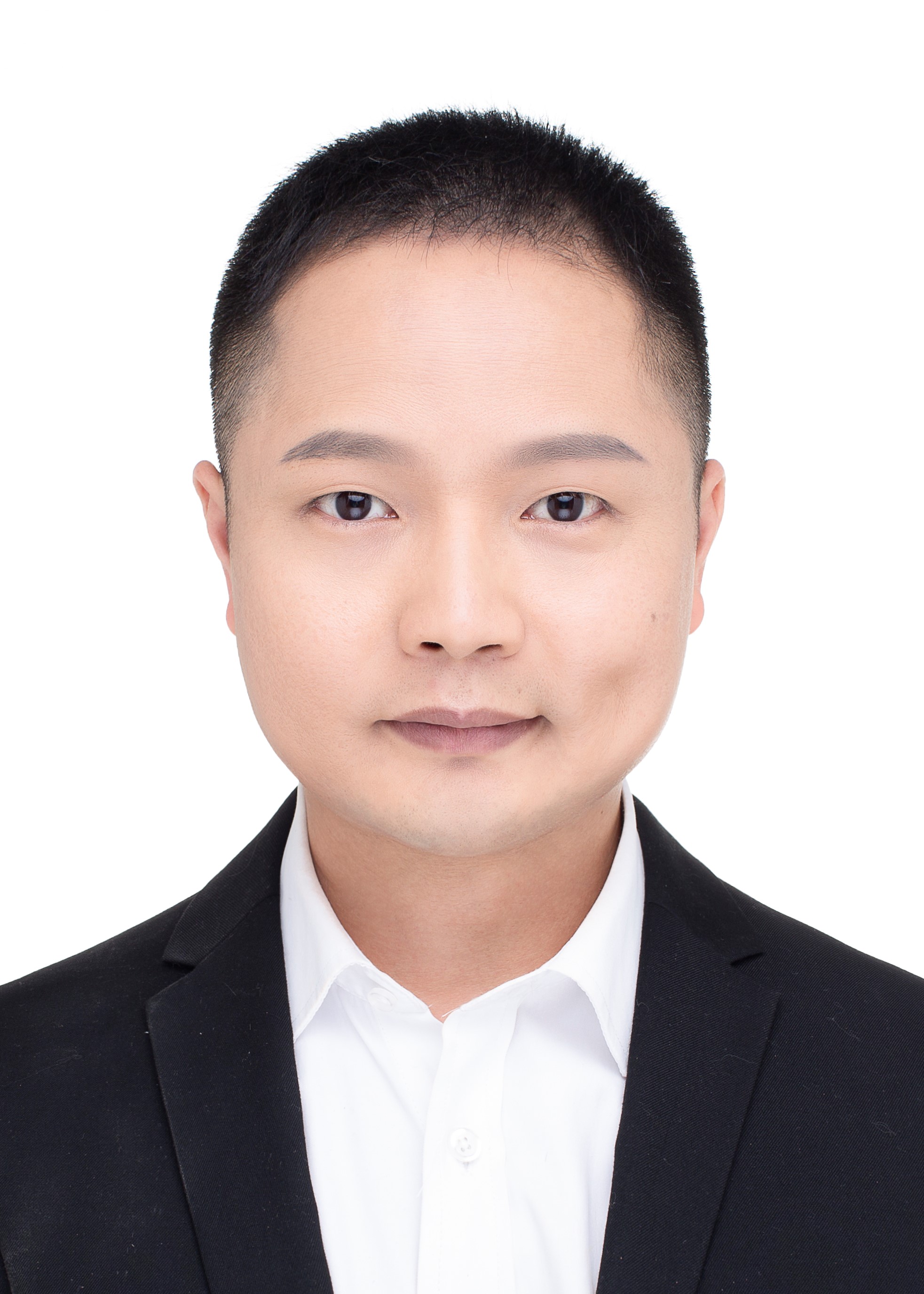Session Aims & Scope
Digital twin is a cutting-edge technology in the digital economy and is considered a key enabling technology for intelligent manufacturing systems. The conference discusses the cutting-edge technologies of digital twin and its application models in manufacturing equipment, manufacturing processes, production lines, workshops, factories, warehousing and so on, aiming to promote the application of digital twin technology in the manufacturing industry.
Session Chair(s)

Haisong Huang
Guizhou University
hshuang@gzu.edu.cn

Kai Yang
Guizhou University
kyang3@gzu.edu.cn
Session Presentation
1.
Abdelkader EL KAMEL
Associate Professor
Centrale Lille Institute(France)
Title: UAV/UGV Routing Problem with Partial Charging Strategy
Abstract
With the continuous development of e-commerce, logistics demand has experienced explosive growth, and customer orders have been characterized by multiple batches and small batches. This paper co-ordinates the route and recharging strategies of electric vehicles (EVs); it is different from the basic assumption of full recharging in the previous E-VRP; we model an E-VRP with partial recharging based on the actual situation. The calculation results of an example shows that compared to the full recharging strategy, the vehicle routing cost based on the partial recharging strategy can be reduced effectively.
2.

Sihan Huang
Associate Professor
Beijing Institute of Technology
Title: Toward digital validation for smart manufacturing based on digital twin
Abstract
A digital validation framework of rapid product development for smart manufacturing based on digital twin is proposed. During product development, the new product is designed according to the new requirements in the virtual space, in which the existing digital twins of products can be referenced. Then, an ultrahigh-fidelity virtual manufacturing system is constructed for digital trial manufacturing based on the digital twin of the manufacturing system and the design scheme of the new product. An ultrahigh-fidelity digital prototype can be obtained from digital trial manufacturing for digital validation. The new product validation is executed on the digital proto- type to test its performance. The digital validation results can be used to improve the design scheme of the new product and boost the corresponding manufacturing processes. Finally, a case study is presented to show the effectiveness of the proposed framework.
3.

Kai Yang
Associate Professor
Guizhou University
Title: Application of digital twins in monitoring of complex transient welding manufacturing process
Abstract
Welding is an important material forming and processing technology in modern manufacturing industry, which is widely used in aerospace, rail transit, ocean engineering, energy and other fields. At present, welding intelligence is one of the most challenging research hotspots in the manufacturing field. The report introduces the development status of advanced welding process monitoring technology and analyzes the problems existing in traditional monitoring methods. Then, the monitoring method of welding process driven by digital twin is put forward, and the framework, implementation scheme and technical difficulties of welding process digital twin model are discussed. Finally, the realization method of welding digital twin system and its application cases are introduced, and its future development direction is prospected.
4.

Yan Jin
Professor
Queen’s University Belfast (UK)
Title: Advanced Manufacturing Empowered by Parallel Kinematic Machines
Abstract
Parallel robots have been intensively researched in the last three decades, but it is not widely utilized for manufacturing yet. This talk will introduce the state of the art of using parallel robots for high value manufacturing. Our latest research on automated aircraft assembly and double-sided synchronized machining using parallel kinematic machines will be presented. Research issues and future directions will be discussed.
5.

Ismael Lopez-Juarez
Professor
Center for Research and Advanced Studies (CINVESTAV). Mexico
Title: End-to-End DRL for Path Planning on 3D Surfaces
Abstract
Deep Reinforcement Learning (DRL) is a robust learning paradigm that can be used to train agents through their interaction with the environment, but due to the sampling inefficiency of these algorithms, many computational resources and training time are needed to solve complex tasks, especially those based on computer vision.
The use of simulators to train agents promises to solve the training data demands of DRL algorithms. This, coupled with the extensive development of robotics simulators in the last decade (e.g., CoppeliaSim, MuJoCo, PyBullet) makes it a promising training approach. However, there are still bottlenecks in data exchange between the simulator and Deep Learning frameworks (e.g., TensorFlow, PyTorch), which delay training time.
A training methodology is presented that allows generating in simulation an optimized policy that solves the task of tracking trajectories on 3D surfaces, using only a partial observation of the environment (from an RGBD sensor) to derive the agent’s actions (i.e., end- to-end), which also reduces the amount of time and computational resources needed for training. The objective is not to replace traditional control techniques for solving manipulation tasks. Instead, it is proposed to use a combination of DRL algorithms and traditional techniques to solve tasks with complex observation or action spaces. A reduction in training time is achieved with the proposed methodology, and the learned policy can follow three-dimensional trajectories with a small margin of error using only images from an RGBD sensor mounted on the robot’s end-effector.